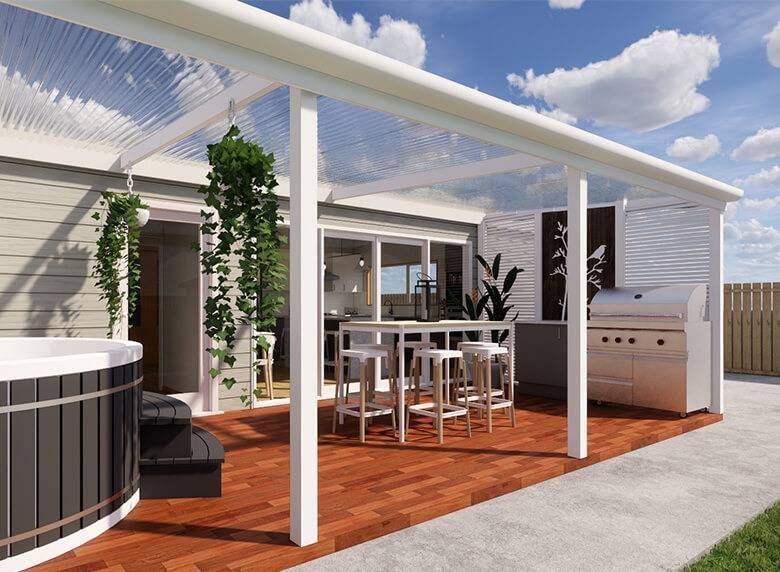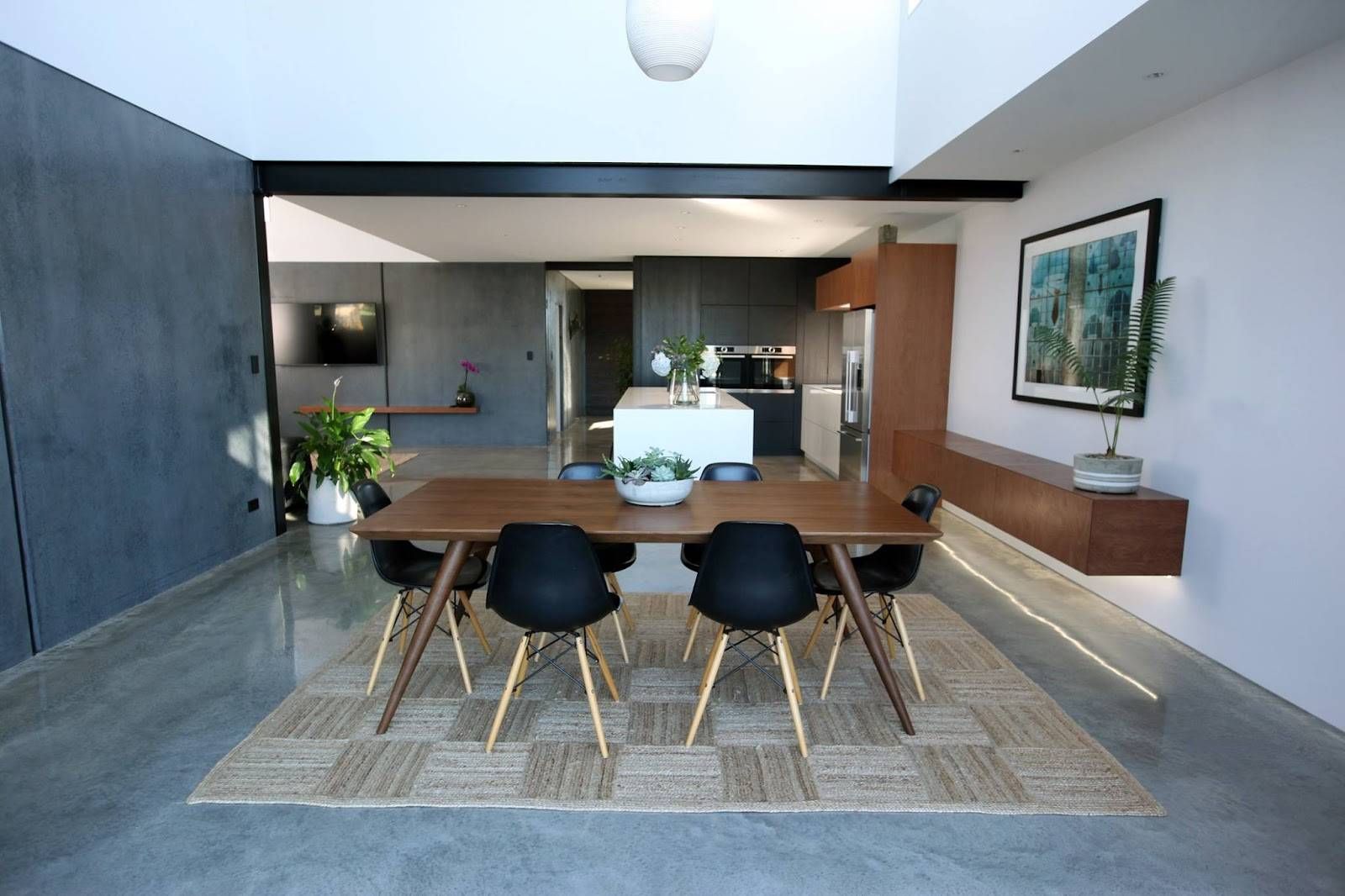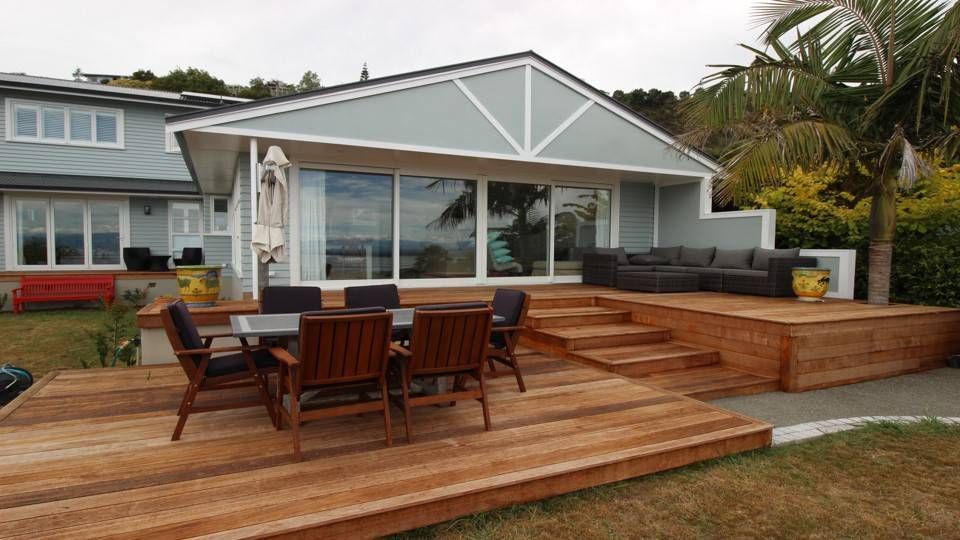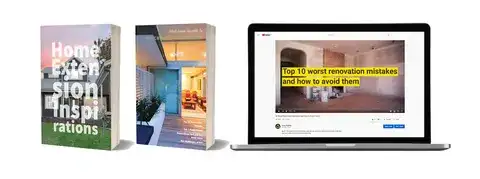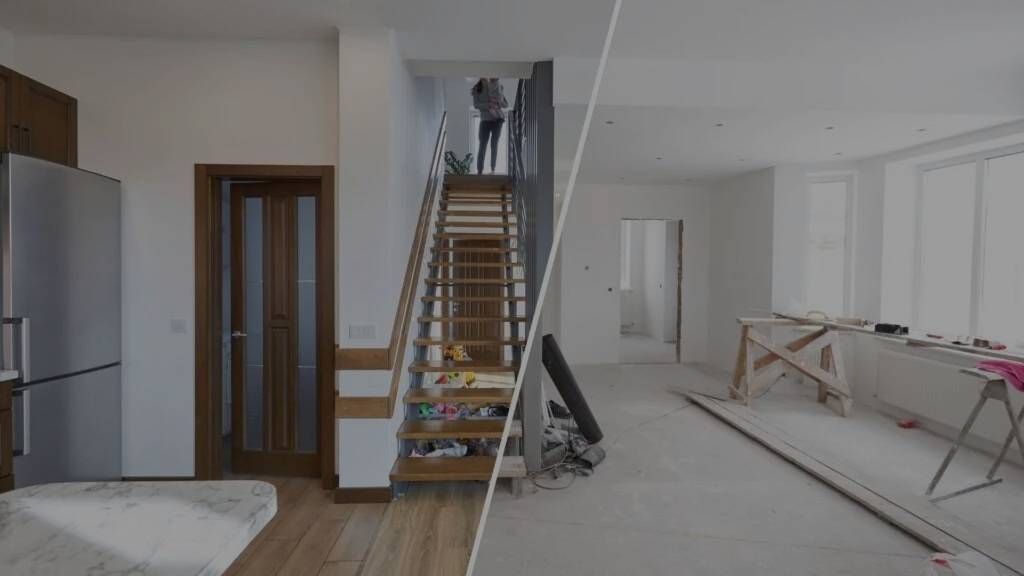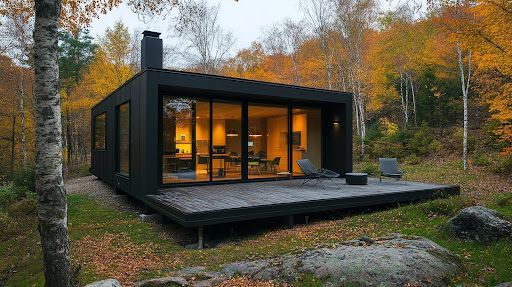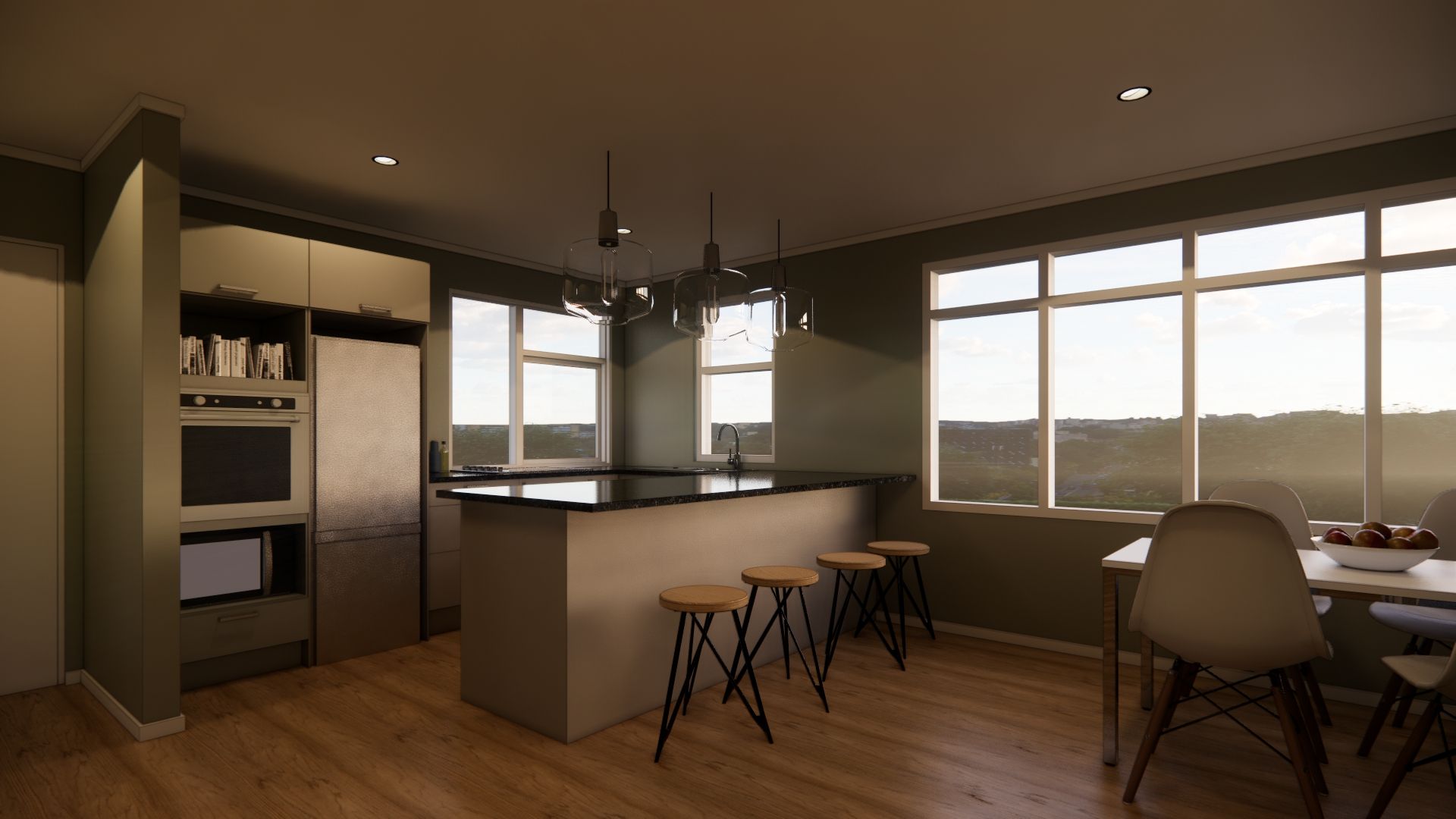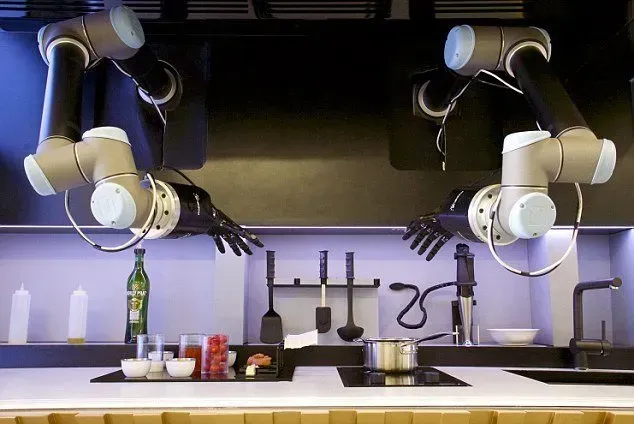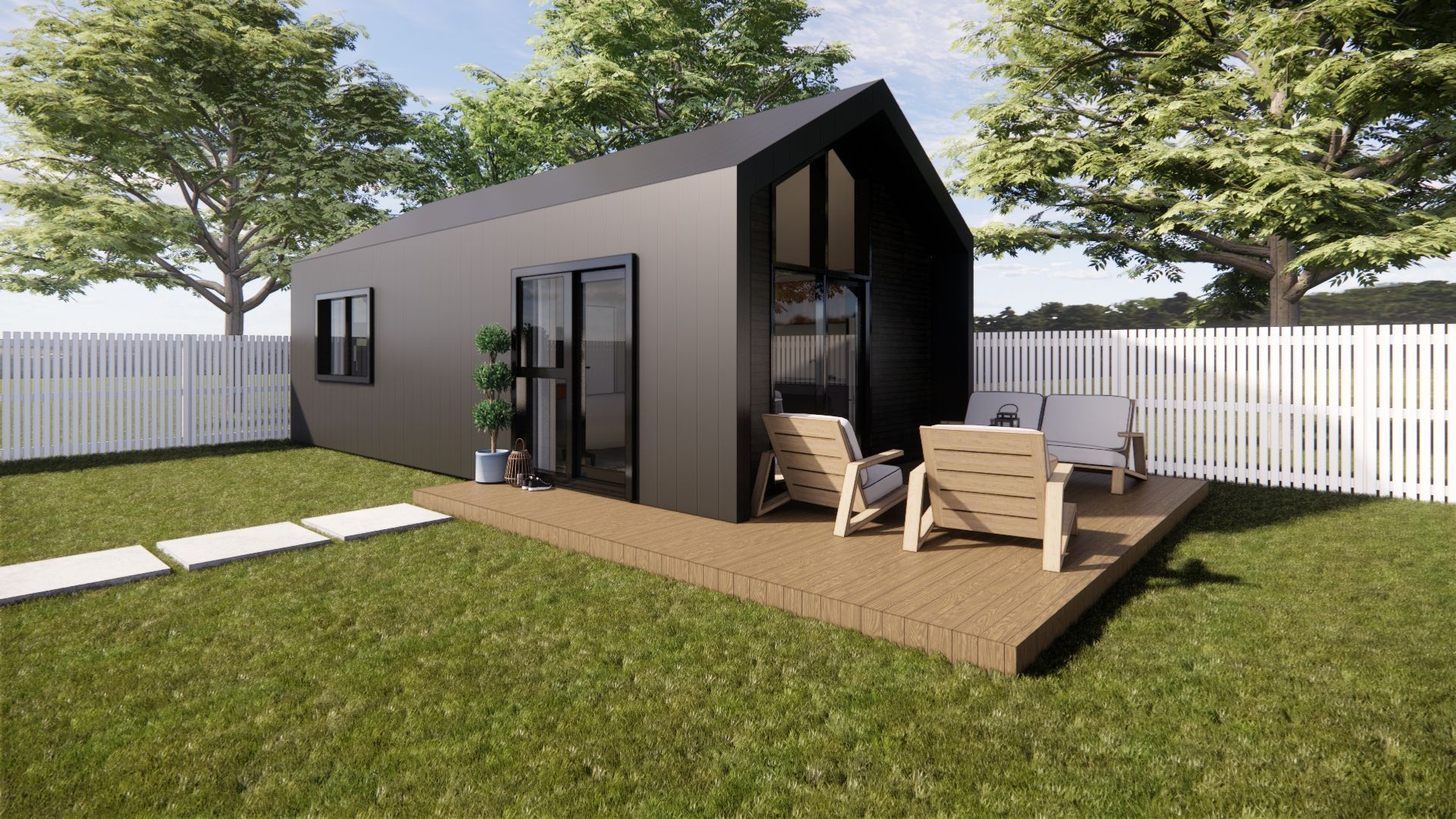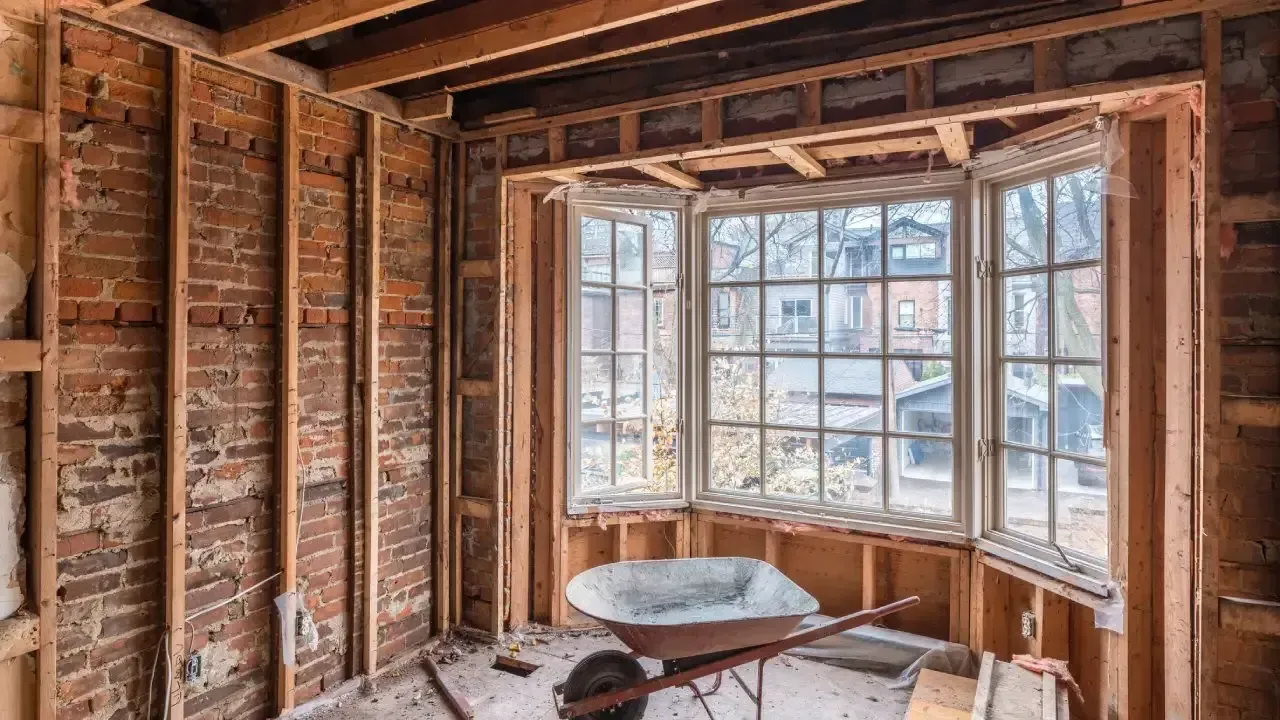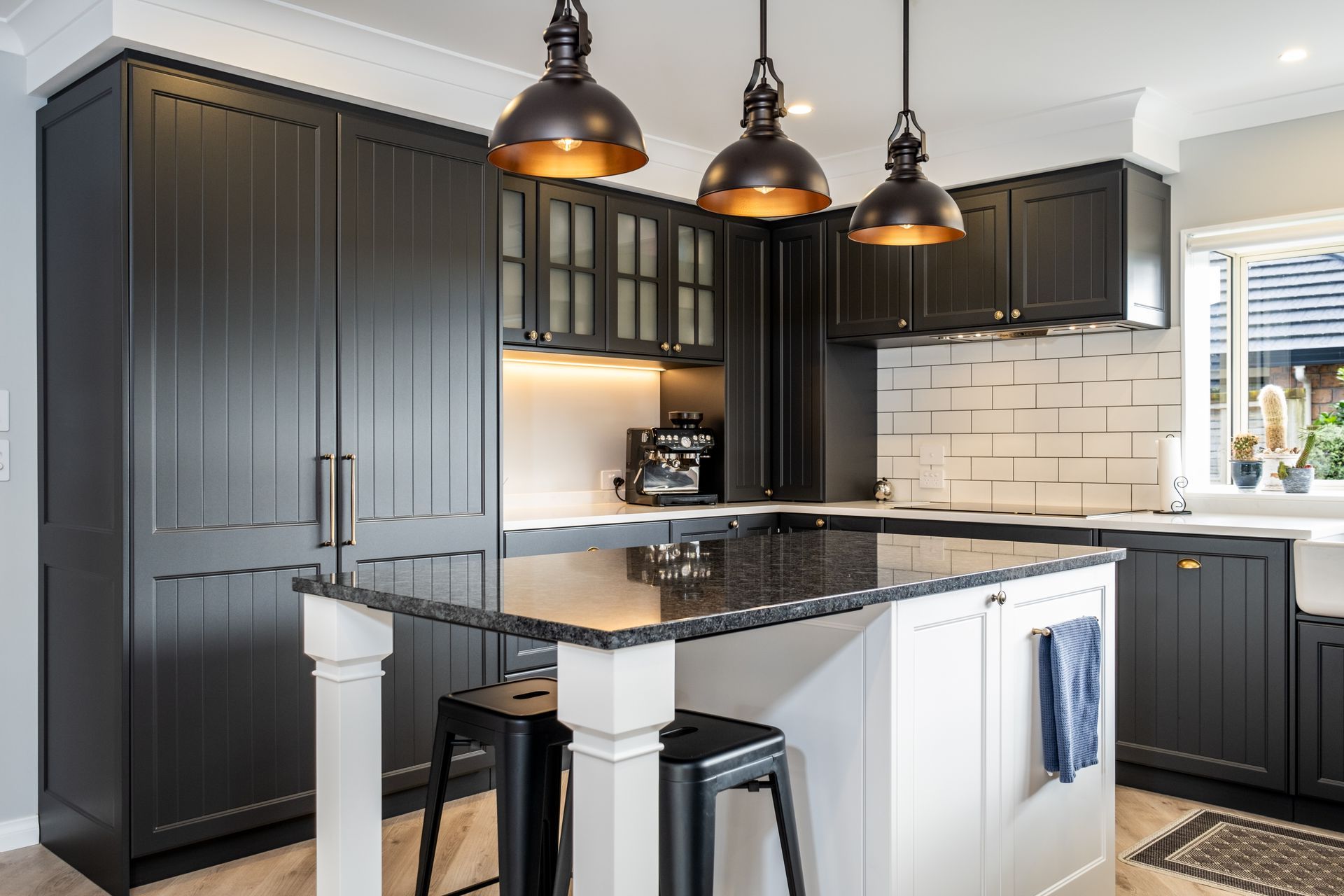How to Save Money and Save the World with Your Next Renovation Project
It’s our view, and becoming the view of more and more people around the world, that sustainability starts at home. That’s why we approach every renovation project with the needs of the environment as well as our clients in mind. Here’s how you can do your bit to save the world while making smart choices on energy efficiency and healthy living.
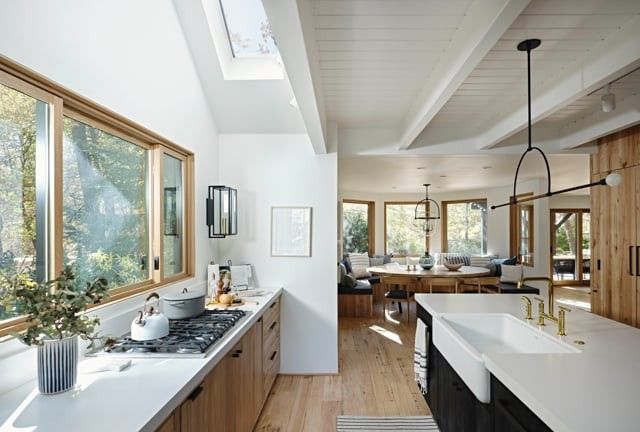
Make the Most of Natural Light and Warmth
We’re not going to talk about LED lighting as most of us have already converted our homes, but when you’re renovating, it’s the perfect time to consider how you might make better use of our most powerful resource, the sun, to light and heat your home. The most obvious ways to do this are to improve your ceiling, wall and underfloor insulation and enlarge or reposition your windows and use double-glazing, which can be retrofitted into existing windows. Skylights or solar tubes can be added in windowless or shaded spaces to bring in light from the roof. The use of reflective surfaces will channel more light into your home and there are many materials which absorb and store heat from the sun.
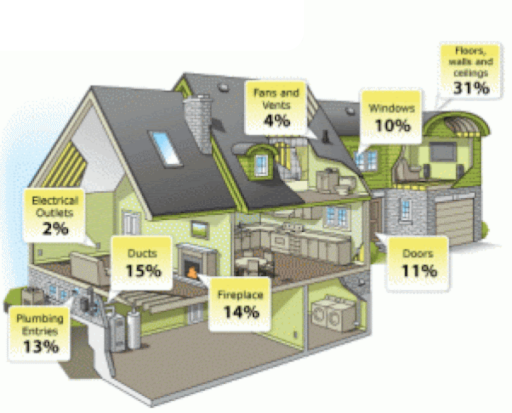
Eliminate Air Leaks
You may be wondering why we didn’t using the word “draughts” but crafty old air can go two ways – it can sneak in as draughts and out as leaks which allow the warmed or cooled air in your home to escape. Either way, you’ll never optimise your home’s energy efficiency until you plug those leaks. Imperfect seals around doors and windows are obvious leaks, but downlights, fans, floorboards and electrical outlets may be less obvious.
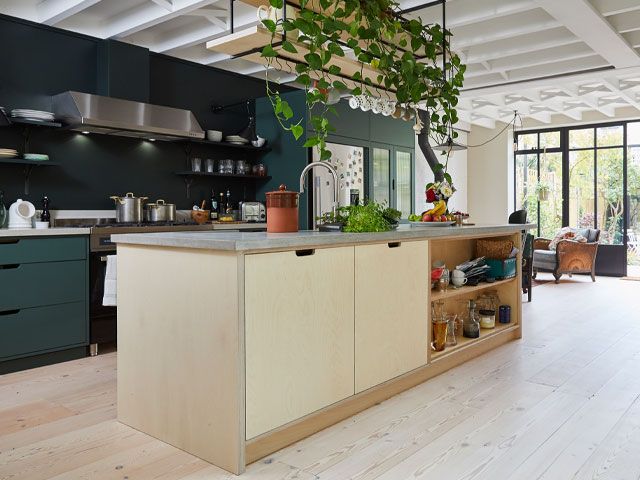
Use Sustainable or Recycled Materials for your Renovation
We recommend that you use timber and other materials from sustainable sources when you’re renovating, and we always make sure we thoughtfully dispose of the inevitable waste that accumulates during a renovation project. A word of caution about recycling: Sometimes the carbon footprint created by recycling can be greater than throwing out the old and bringing in the new. But where recycled objects or materials are irreplaceable, have sentimental value or enhance the character of the home, we recommend recycling.
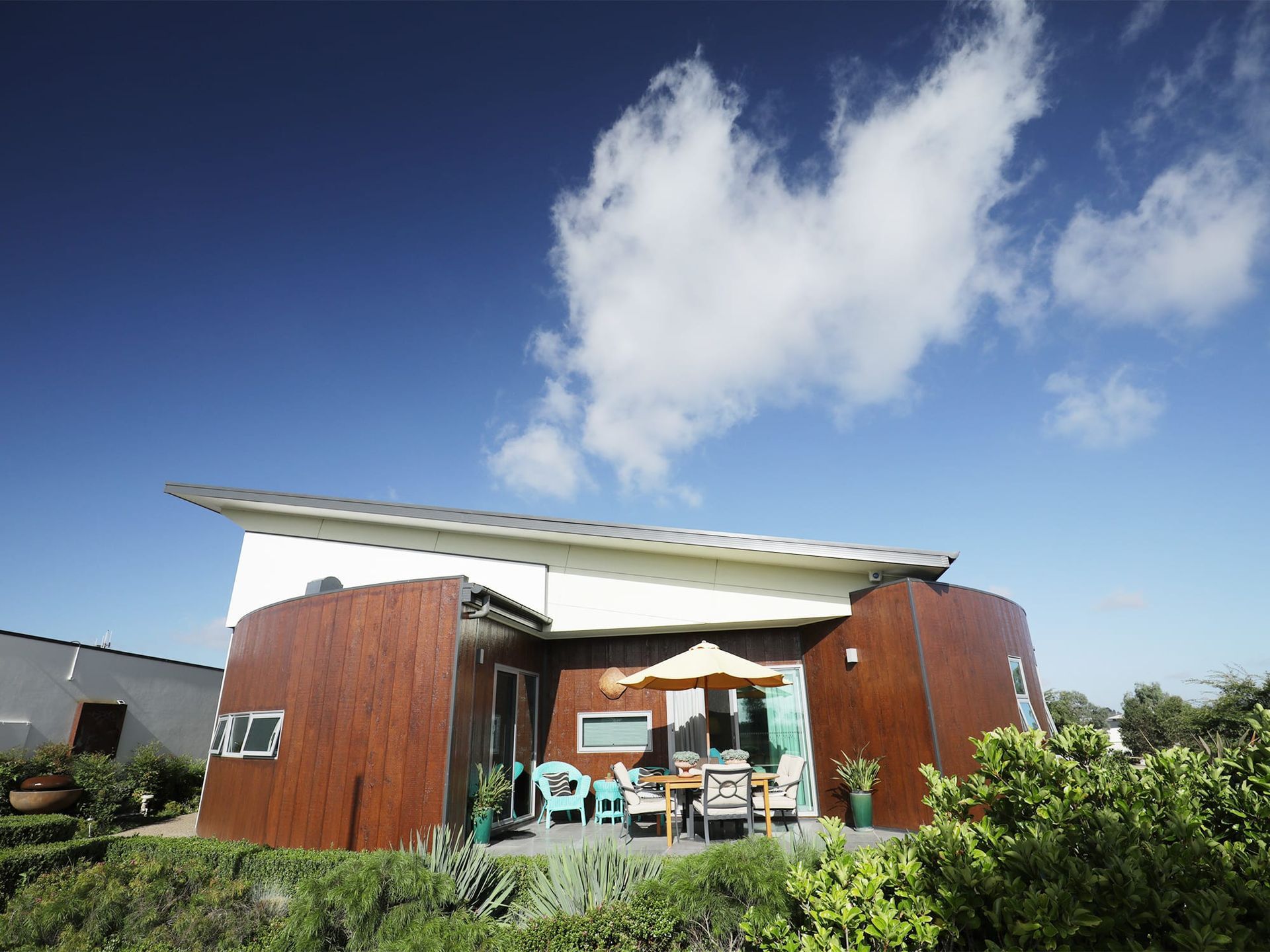
Start Using the Sun or Wind to Power Your Home
It’s not necessary to go right off the grid and, in the words of Jeremy Clarkson, start wearing sandals and cardigans in order to be seen as eco-friendly. But this home in Canberra, Australia, may be the ultimate in energy sustainability. That’s because it actually moves, following the sun as it tracks across the sky! With 28 wheels, two motors and a computerised sensor, the Girasole House is able to produce more solar power and warm water than its residents can ever use. But what about the energy to activate the motors? It has never been more than the electricity necessary for a light bulb, according to the architect.
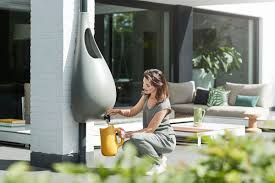
Save Rainwater and Recycle Waste Water
Water is one of the world's most precious resources but every day, we Kiwis waste millions of litres of it, which we pay for through our rates or in Auckland, direct to Metrowater. It doesn't have to be that way. More and more New Zealanders are collecting the rain water from their roofs and storing it for bathing, laundry and even drinking. Others are recycling the waste water from their sinks and showers on to their gardens.
Like more home inspirations, ideas and tips?
Subscribe to our Come Alive! Newsletter
It's FREE and comes to you via email every month providing informative articles, tips and ideas!
Newsletter Form
Visit our FREE E - Library
Have you thought about renovating but don't know where to start? Browse and download a variety of E-Books and other resources that cover tips and tricks, latest trends and renovation processes.
